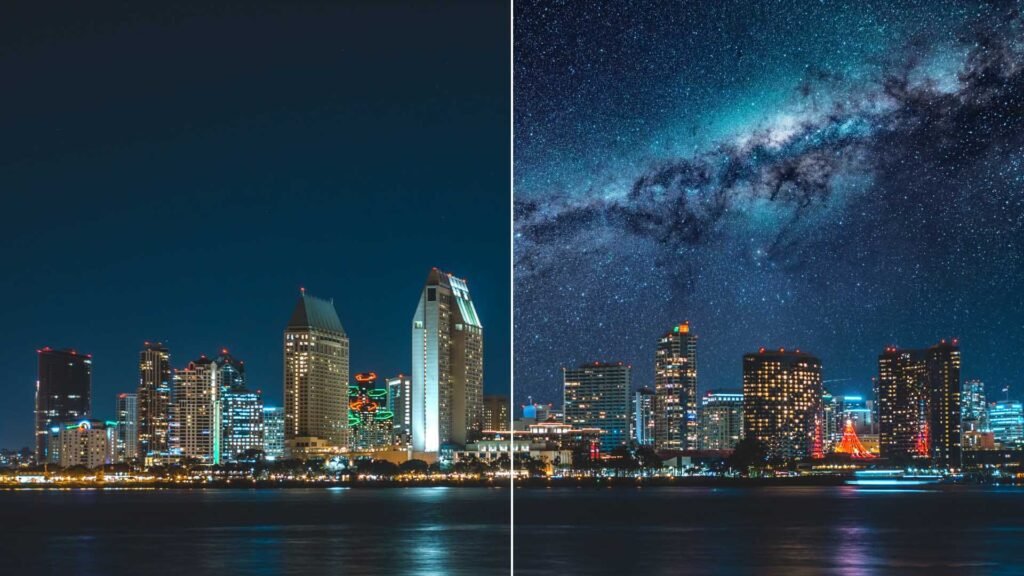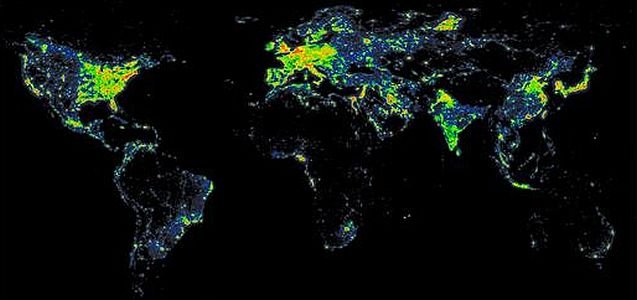If you look for a constellation in the glare of a metropolis, you might see a star or two. This is due to light pollution, which turns darkness into day in 80 percent of the globe.

The day-night cycle is an important component of nature because it tells creatures when to appear to seek, forage, migrate, and mate. When artificial light interferes with natural light signals, wildlife ranging from bugs to animals and even plants suffers greatly. It’s an issue that’s growing worse by the year.
Last year, a study looked at over 160 species of plants, animals, mammals, and invertebrates to see how our man-made lights are affecting habitats. Researchers found that animals look to light via the rising and setting of the sun and moon to determine when to emerge from their hiding places to hunt, forage, migrate, and mate. All manner of wildlife is affected—for example, some bugs can be more easily preyed on and some birds fly off course.

At twilight, fireflies use light to communicate with prospective mates. However, metropolis and suburban lights increasingly outshine these signals. One research released in 2020 indicated that light pollution, along with habitat decline and pesticide use, could lead to the extinction of some of the world’s 2,000 distinct firefly species.

Birds are also easily confused by bright city lights and frequently perish when they collide with bright structures that mirror the sun and shine artificial light at night. Even dim illumination far from the metropolis can have an effect on their wellbeing.
Light pollution, unlike air or water pollution, can be removed instantly. Light pollution can be reduced by simply shutting off the lights or putting motion sensors that restrict when lights are turned on, or adding dimmers that reduce the light coming from a single bulb.

LED bulbs produce a short-wave blue-tinted light that attracts more insects and birds and disrupts circadian rhythm in mammals. But bulbs with yellow-tinted filters can minimize these impacts.
Simply closing your blinds and curtains can also help prevent artificial light from shining into the environment. One study looking at two decades-worth of bird collisions in Chicago found that reducing light leaking out of windows by just half could reduce bird collisions by 60 percent.
Reference- National Geographic, ScienceDirect, Nature, Wiley, PNAS, BBC, Bioscience article






